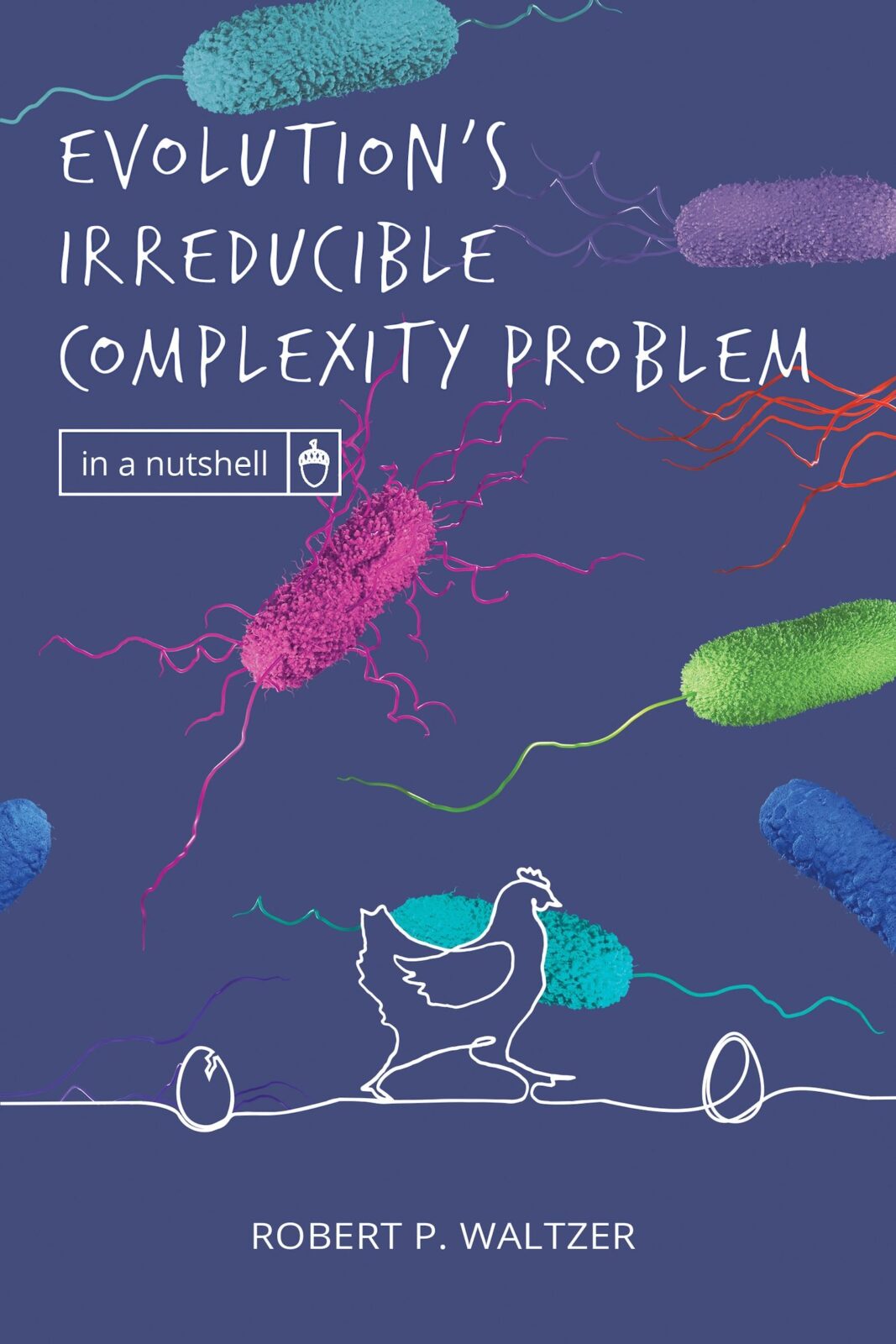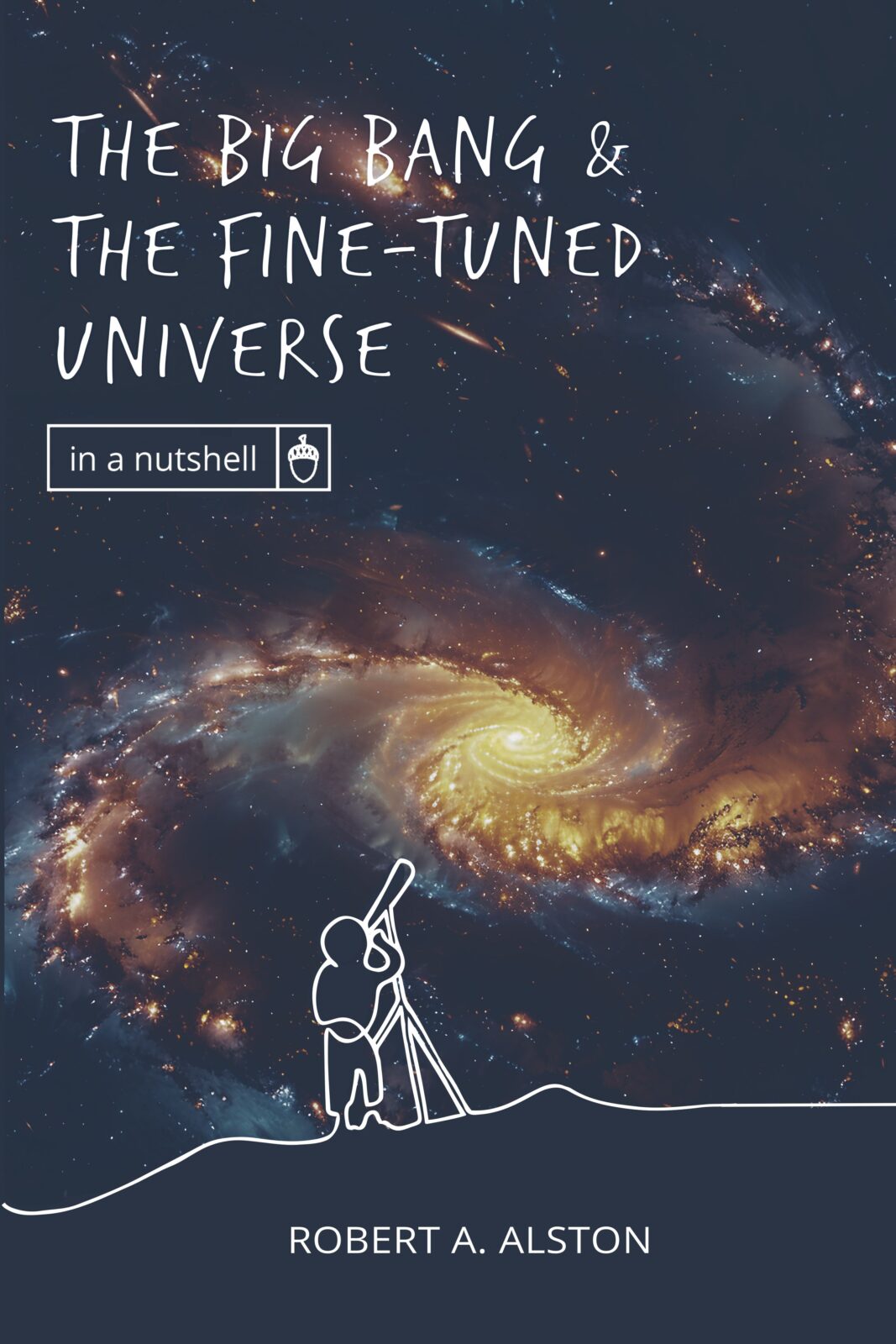


Association of American Medical Colleges Journal Pushes for Residencies in Assisted Suicide

Could Carl Sagan’s Methods Be Used to Make Design Inferences?

Foster Care Children Too Often Become Homeless Adults

The Science of Mind: Debunking Materialism, with Dr. Michael Egnor

Evolution’s Irreducible Complexity Problem
Join professor of biology Robert Waltzer as he shows how some evolutionists play a bait-and-switch game. They give examples of microevolution, such as changes in the average beak size of Galapagos finches, and then act as if this proves macroevolution—that is, the evolution of entirely new body plans in the history of life. Not so fast, Waltzer says. An insurmountable Read More ›

Factories that Build Factories
Evolutionists acknowledge that without a self-replicating entity, the Darwinian process has nothing to work with. So how could mindless chemicals have built the first self-replicating entity to kickstart Darwinian evolution? As design theorist Eric Anderson explains, evolutionists suggest that something simple—like a self-replicating molecule—kickstarted the origin of life on Earth. But is that idea realistic? As it turns out, engineers Read More ›

The Origin of Life and the Information Problem
The realization in the twentieth century that even the simplest cells are packed with software tells us something profound about the origin of life. Design theorist and computer programmer Eric Anderson relates the exciting history of the discovery of DNA and shows how the dance of this digital information in each of our cells points insistently away from blind evolution. Read More ›

The Big Bang and the Fine-tuned Universe
In easy-to-understand language, former NASA special projects engineer Robert Alston tackles cosmology’s profoundest questions: Where did the universe come from, and how were its laws and constants finely tuned to allow for life? From Albert Einstein’s biggest blunder to the perfect parameters that allow fragile life to persevere, this mini-book explores how astronomy and physics point to a cosmic architect. Read More ›
